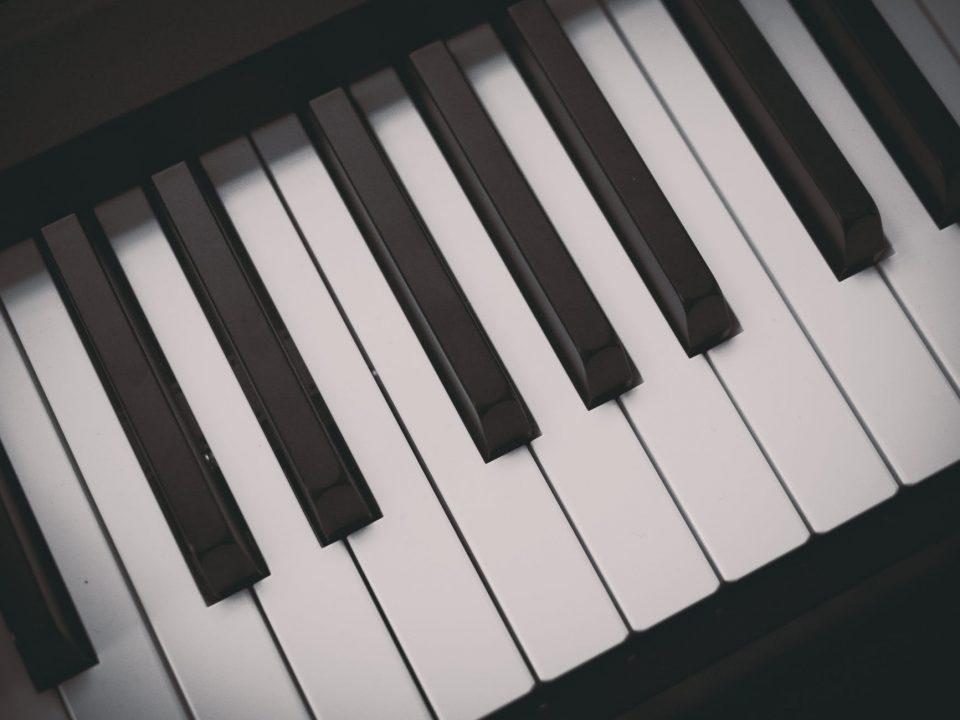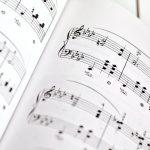Once you have recognized your future in front of the piano, it can be a start. Eventually, it becomes more easy and more fun. You can play almost all of the songs written in songbooks fluently. You can even write your own composition.
Now that you have established that energy in you, there’s still something that lacks. Why do you think it’s enough to have the spirit without even knowing the chords? If you have mastered and identified the basic and major chords, things would be more favorable.
Alright, here are some bits on learning the notes on the piano. After these simple steps, you’ll have a brief background on fingering.
Lesson # 1
88 keys are comprising of 12 notes (white and black keys included). These basic notes are the seven basic letters, namely A-note, B-note, C-note, D-note, E-note, F-note, and the G-note. The first key colored in white is the C-note. You have to remember that the C-note is always the key connected in front of two black keys. Simultaneously, the F-note is the key that stands in front of three black keys compacted together. From the first C-note to the next C-note is called Octave.
Lesson # 2
Black notes represent sharps and flats. But they are used in a different way that would depend on which side youíre going to start. A(#) that symbolizes a sharp is the black key right after the white key, while A(b) is known as the flat. You can recognize this by spotting the first black note indicated on the keyboard. With these definitions, you can conclude that a Db is also a C#. Easy, right? No need to fuss about it. Familiarize these notes and master it.
Lesson # 3
The lesson doesn’t stop there. You have to realize that the C key right in the middle of the keyboard is also known as the middle C. You can easily spot this because itís usually right below the pianoís name. The middle C can function as a wall that separates the right from the left. This means that those situated at the right part of the middle C is for the right hand and fingers to play. That goes with the left hand and keys.
Down with the fingering techniques. Once you have memorized and familiarized yourself with the notes, it’s time to let your fingers do want they are meant to do. Teach those fingers to act the way a pianist should.
Fingering is simple for as long as you make all those fingers work. After learning the notes, stare at your keyboard and put the necessary fingers on the important keys. To do this task, find the middle C. This would be your basis to find all other keys like D, E, F, and so on. Remember, major keys are the white keys.
You’ll notice that the piano’s keyboard is number from 1-5. This will enable you to trace where to put your fingers. 1 is equivalent to the thumb. 2 is your index finger. 3 is for the middle finger. 4 is the ring finger. Lastly, 5 is the pinkie. As starters, you must put your thumb corresponding to the C-note. Locating the other keys would be easier if you first find the middle C.
Run your fingers through these notes. Make sure that every key corresponds with a different finger. Try it in a slow, then a moderate aiming for a faster pace.



